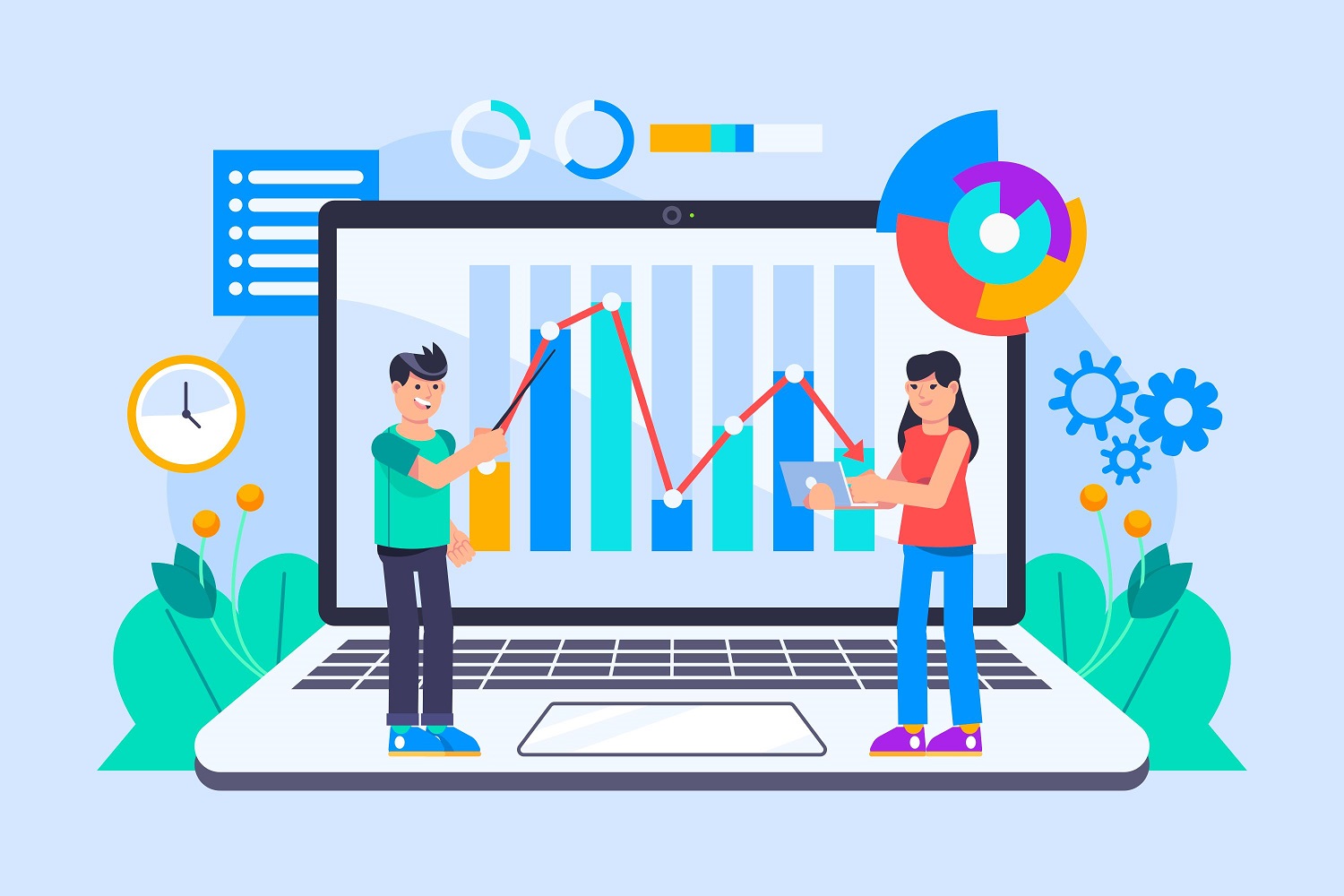It has always been essential for businesses to have Business Intelligence (BI) reports. Their decisions are based on data, which helps them make informed decisions. Collecting, processing, and reporting data was required. It is true, however, that the world moves faster today. Information needs to be available instantly for businesses to stay competitive. As a result, real-time reporting has grown in popularity. BI is experiencing an exciting development.
What is Real-Time Reporting?
Getting data and insights in real-time means getting them as they occur. A delay is not associated with traditional reporting. Up-to-date and current data is provided.
Why is Real-Time Reporting Important?
- Staying Competitive
The use of real-time reporting allows businesses to identify opportunities and threats instantly. Success and failure can be determined by this ability to adapt.
- Improving Efficiency
A real-time data system can streamline a business’s operations. It is possible for them to identify bottlenecks and inefficiencies right away. As a result, resource management is improved and cost savings are achieved.
How Does Real-Time Reporting Work?
In order to provide real-time reporting, technology is needed. Among the most important components are:
- Data Collection
There are a number of sources from which data is continuously collected. Sensors, transaction records, social media, and other sources can provide these data.
- Data Visualization
An easy-to-understand format is then presented with the processed data. Dashboards, charts, and graphs could be used to accomplish this.
Benefits of Real-Time Reporting
- Gain a better understanding of your customers
By understanding their customers better, businesses can improve their performance. As customers behave and preferences change, they can keep track of them.
- Enhanced Operational Control
Businesses have better control over their operations when they use real-time reporting. Real-time monitoring of processes and performance is possible. The result is a quicker solution to problems and a higher level of productivity.
- Risk Management
The real-time data of businesses can be used to identify risks immediately. Taking precautions in this manner will help avoid losses in the future.
Challenges of Real-Time Reporting
The benefits of real-time reporting are many, but they come with certain challenges as well:
- Data Overload
Businesses might experience data overload as a result of continuous data flow. The task of managing and analyzing such a large volume of data can seem overwhelming.
- Technical Issues
In order to provide real-time reporting, advanced technology and infrastructure are required. In addition to high-speed internet, powerful servers, and sophisticated software, this involves high-end technology.
Overcoming Challenges
Taking the right approach to these challenges will help businesses overcome them:
- Investing in Technology
Technology is crucial, and it should be invested in the right way. It is important for businesses to choose data management solutions that are reliable, scalable, and can handle large data volumes.
- Skilled Personnel
The importance of having a skilled team cannot be overstated. Business experts, IT professionals, and data analysts are all needed to interpret the data correctly.
- Data Management Strategy
In this process, protocols are set up to collect, process, and store data. Besides regular maintenance, it also involves regular monitoring.
Real-Life Examples
- Retail Industry
Managing inventory is easier with real-time reporting in the retail industry. Products can be reordered before they run out and store stock levels can be tracked instantly.
- Healthcare
In healthcare, real-time reporting can save lives. Using a real-time monitoring system, doctors can monitor the vital signs of patients and take immediate action if any problems arise.
The Future of Real-Time Reporting
There is a lot of potential in real-time reporting in the future. The future of real-time reporting will be enhanced with advancements in AI and IoT). Some trends to look out for in the future are:
- AI Integration
AI Insights and predictions can be provided in real time to enhance real-time reporting. Data patterns and trends can be analyzed more effectively with it.
- IoT Connectivity
With the Internet of Things, real-time data will become more accessible. A continuous stream of data will be collected and transmitted by sensors and devices, making real-time reporting easier.
- Enhanced User Experience
There will be a greater focus on user-friendliness in future real-time reporting tools. Businesses will be able to interpret and act on data more easily with better visualization and interaction features.
Conclusion
Business Intelligence is moving closer and closer to real-time reporting. Even though it comes with challenges, the benefits outweigh them. In order to harness the power of real-time analytics, businesses must invest in the right technology and strategy reporting to drive growth and success. Any forward-thinking organization needs to use this tool in the future to take advantage of even more exciting possibilities.


